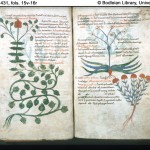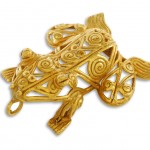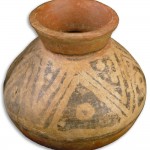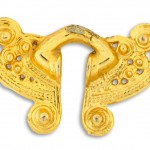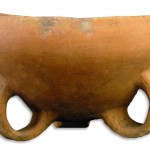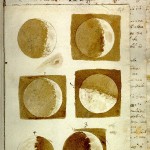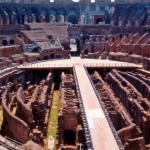Tens of thousands of wooden tablets known as mokkan from the Nara Period (710 – 784 A.D.) have been found in the remains of the Imperial Palace.
The research institute uncovered a hole containing a large number of wooden tablets while excavating the site last spring. The hole measured about 10 meters from east to west and 7 meters from north to south, and was about 1 meter deep at its deepest point. It was the biggest waste disposal pit in the palace grounds.
Most of the mokkan were in scraps, but investigations have uncovered writing relating to the imperial guard that protected the emperor, and the inscription “Hoki Period, Year 2,” referring to the year 771. There is a possibility that the wooden tablets were discarded when military-related facilities were set up.
Nara was the capital of Japan and seat of the emperor, hence the name “Nara Period”. It was during this time that the first Japanese literature appears in the form of imperial historians/propagandists, so these tablets found on the palace premises might contain all kinds of primary source material — government records, expenses, legal pronouncements — as well as early copies of Japan’s first books.
Previous collections of mokkan have turned up on the palace grounds before, and 74,000 wooden tablets were uncovered elsewhere in the city in 1989. It’s unlikely to beat the overall record, but this find might exceed the palace record of 50,000 mokkan discovered in one place.
